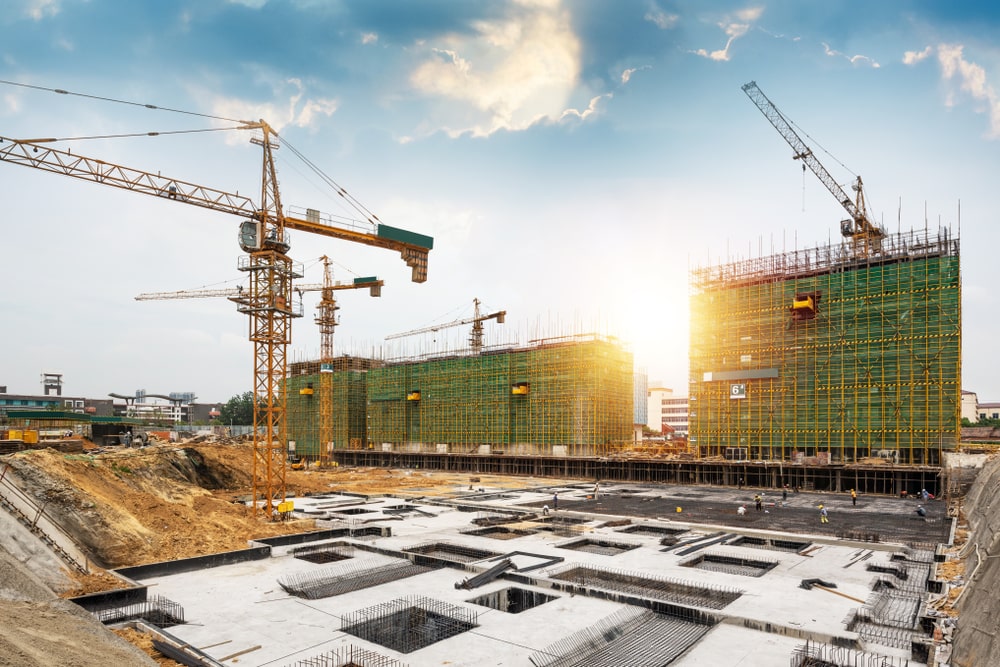Sector - Finance & Legislation
Slow-down ramps up as Brexit stalls economy

The latest statistics from the ONS related to construction output have been released, showing a continuing slow-down of production as Brexit edges nearer.
Across all sectors work decreased by 0.3% in Quarter 4 (Oct to Dec) 2018, following an increase of 2.1% of the previous quarter. The slow-down was mainly generated by a loss of repair and maintenance output, which was down by 2.8%, with particular losses in the private housing and non-housing repair sectors.
Although there are some bright spots, with the falls offset by a 1.1% increase in all new work, driven by increases of 1.9% in infrastructure and 1.4% in private commercial new work.
The volatile monthly series saw a sharper decline, with the all work decreasing by 2.8% in December 2018; this is the largest month-on-month fall in growth for all work since June 2012, when the series
The rolling three-month on three-month series, however, remains at a relatively high level compared with the earlier half of the year and has been growing in strength since June 2018. Despite a slight fall in the three months to December 2018, the current level is the highest seen this year – apart from September figures.
Looking at the year in full, the level of work saw a 0.7% increase compared with 2017 – registering the lowest annual growth since 2012. That said, despite relatively flat performance at a top level, individual series have showed strong growth. Examples of this include private housing new work, infrastructure, and non-housing repair and maintenance, which grew by 6.1%, 5.7% and 3.9% respectively.
Blane Perrotton, managing director of the national property consultancy and surveyors Naismiths, commented: “Few sectors have seen the economic brakes slammed on as hard as construction.
“Builders’ booming third quarter – in which output rocketed by 2.1% – feels a lifetime away.
“While the final quarter of 2018 can be filed under ‘slowdown’ rather than ‘slide’ – just – such distinctions are moot in an industry which has been stripped of confidence and momentum.
“The prime suspect in construction’s reversal of fortune is its previously gravity-defying housebuilding sector. A 6.8% drop in new work consigned residential construction to also-ran status, with what little growth there was coming from commercial and infrastructure work.
“Against this grim backdrop, confidence is ebbing away. Last week’s PMI data showed sentiment has plunged back towards the deep-frozen lows of last March, and official insolvency figures confirm nearly 3,000 construction firms went to the wall in 2018; the highest failure rate of any business sector.
“Labour shortages and rising material costs are eating into margins, and intense competition for the little work that is being put out to tender is forcing contractors to bid painfully low.
“Among developers, the sense that a messy ‘no deal’ Brexit is now a very real danger has choked off demand, and where investment can be deferred, it is.
“Barring an improbable, miraculous resolution to Britain’s Brexit deadlock in coming weeks, this painful inertia is set to continue.”
Clive Docwra, Managing Director of leading construction consulting and design agency McBains, said: “Today’s figures show a mixed picture – unsurprising given concerns about the UK economy and whether it can withstand a no-deal Brexit. These fears, coupled with longer running issues such as high import costs and skilled worker deficits, are now cutting through and impacting key investment decisions.
“To turn the corner, the industry needs confidence and the support of the Government. The Brexit uncertainty will need clarifying soon if the sector is to push on and build the homes our country needs.”
If you would like to read more articles like this then please click here.
Related Articles
More Finance & Legislation News
- Government awards grant for home retrofits
1 Feb 24
A new project to develop an innovative point-of-sale finance technology solution for residential retrofit decarbonisation
- Construction sees most insolvencies
31 Jan 24
The construction sector is experiencing the highest number of insolvencies of any industry in the
- Public funding for ProjectPay’s payments solution
17 Jan 24
ProjectPay provides payment protection contractors across the building supply chain.






